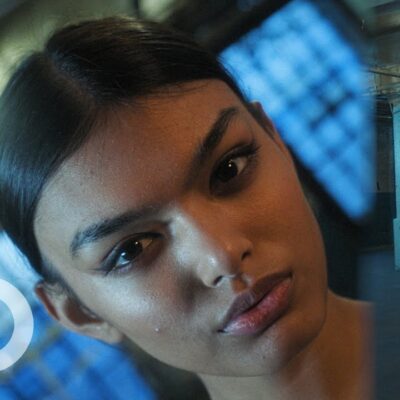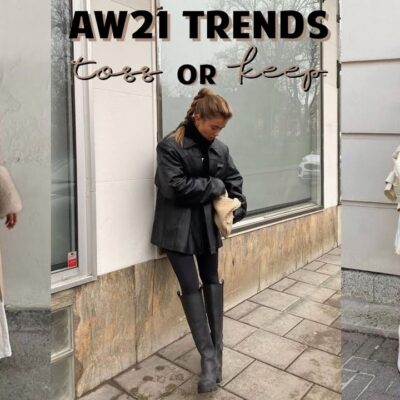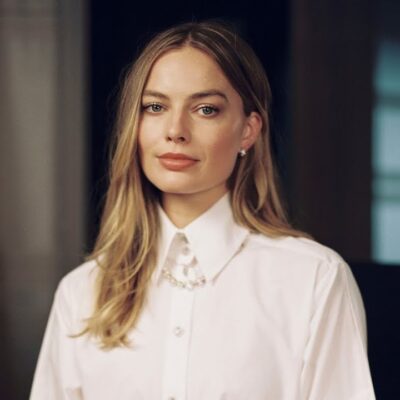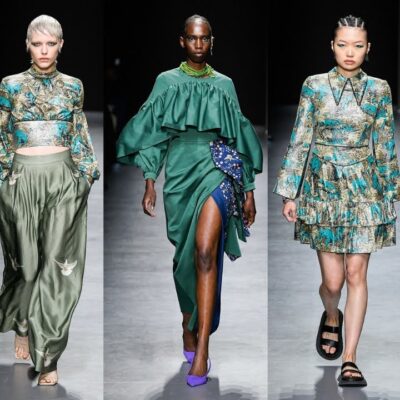Fashion trend forecasting entails predicting the upcoming trends in the fashion industry. Some trends are predicted independently by experts in the field. Some are influenced by key events, like the royal wedding, or big sporting events. Then, others are intermingled and grow over time. Those who follow these trends will know what is next. Here are some examples of how a trend forecaster can help an industry.
The first step is to understand how the fashion industry forecasts trends. Fashion trends are often predicted by the media, but they also need to be interpreted by experts. Trends can also be predicted by individual designers or companies. In most cases, the media isn’t reliable enough to predict the upcoming trends, but some agencies can help a designer make a good guess about the coming seasons. However, many of these trends are only considered to be trend-relevant if they are predicted by an expert.
Observation is another factor in trend forecasting. For example, WGSN forecasted that millennials were being priced out of the big cities. In addition, they found that gig-work was increasing, while delivery services were growing rapidly. These factors tended to be predictive of the next season’s fashion trends. By identifying these trends, these experts are able to better predict what the future of fashion will look like.
As a designer, you need to analyze current trends and determine whether they are relevant to your brand. This involves analyzing everything that surrounds the industry and deciding how to incorporate it into your brand’s offerings. Of course, not all customers will look for your label’s style, but by focusing on the right aspects of the industry, you will be better able to spot trends and make more sales. It’s not as hard as it sounds to get started on the process of trend forecasting.
The first step in trend forecasting is identifying the latest trends. Then, you need to analyze the different markets. For example, a small city can be more individual than another. In London, you’ll be able to see trends from the fashion shows. Likewise, Milan has the most colorful and individualistic styles. By paying attention to details, you can determine the upcoming trends and create a better future for the fashion industry.
The biggest contributing factors to trend forecasting are social customs and target market. The most important factors to a trend forecast are the target market and the social culture. The trend-forecasting process is not only used to predict the future trends but also to identify current trends. Currently, the digitalization of the fashion industry has played a crucial role in the field. Hence, the industry has become more competitive.
The fashion industry is increasingly vertically integrated. The company runs a trend forecasting department to identify the upcoming trends in their industry. The fashion industry is highly competitive and the business model needs to be diversified and creative. The company’s target market and size are key factors in trend forecasting. For instance, if it’s a high-end brand, it’s important to pay attention to its core consumer demographic.
Today, the fashion industry has witnessed an evolution in the way consumers shop for products. With the increase of recycling and the use of recycled materials, designers are now forced to create more eco-friendly clothes. This has led to a major shift in consumer behavior in the fashion industry, which is responsible for the growth of fast-fashion and luxury goods. Nowadays, trends are reflected in the lifestyle and culture of the consumers. And the fashion world is transforming, as people are consuming more environmentally conscious.
Fashion trends are determined by the changing lifestyles and social trends in a society. In addition to this, culture and social changes play a big role in predicting what will be popular in the future. Besides the various trends, other factors, such as the lifestyle and the type of products, influence the decision-making process. Those who work in trend forecasting are trained to assess the changing preferences and behavior of different clients.



